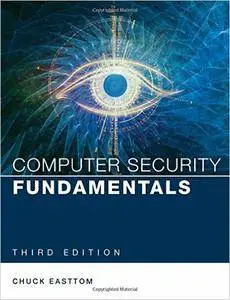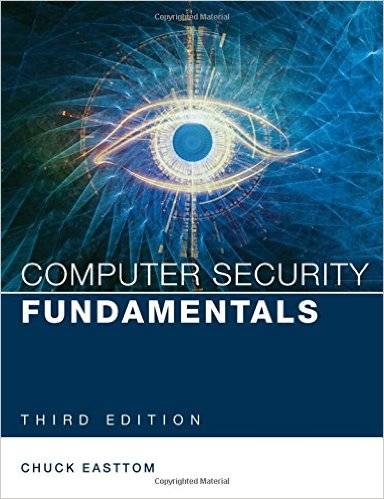William (Chuck) Easttom II, "Computer Security Fundamentals (3rd Edition)"
English | ISBN: 078975746X | 2016 | PDF/EPUB | 448 pages | 7 MB/13 MB
English | ISBN: 078975746X | 2016 | PDF/EPUB | 448 pages | 7 MB/13 MB
ONE-VOLUME INTRODUCTION TO COMPUTER SECURITY
Clearly explains core concepts, terminology, challenges, technologies, and skills
Covers today’s latest attacks and countermeasures
The perfect beginner’s guide for anyone interested in a computer security career
Chuck Easttom brings together complete coverage of all basic concepts, terminology, and issues, along with all the skills you need to get started.
Drawing on 20+ years of experience as a security instructor, consultant, and researcher, Easttom helps you take a proactive, realistic approach to assessing threats and implementing countermeasures. Writing clearly and simply, he addresses crucial issues that many introductory security books ignore, while addressing the realities of a world where billions of new devices are Internet-connected.
This guide covers web attacks, hacking, spyware, network defense, security appliances, VPNs, password use, and much more. Its many tips and examples reflect new industry trends and the state-of-the-art in both attacks and defense. Exercises, projects, and review questions in every chapter help you deepen your understanding and apply all you’ve learned.
Whether you’re a student, a professional, or a manager, this guide will help you protect your assets—and expand your career options.
Learn how to
· Identify and prioritize potential threats to your network
· Use basic networking knowledge to improve security
· Get inside the minds of hackers, so you can deter their attacks
· Implement a proven layered approach to network security
· Resist modern social engineering attacks
· Defend against today’s most common Denial of Service (DoS) attacks
· Halt viruses, spyware, worms, Trojans, and other malware
· Prevent problems arising from malfeasance or ignorance
· Choose the best encryption methods for your organization
· Compare security technologies, including the latest security appliances
· Implement security policies that will work in your environment
· Scan your network for vulnerabilities
· Evaluate potential security consultants
· Master basic computer forensics and know what to do if you’re attacked
· Learn how cyberterrorism and information warfare are evolving



